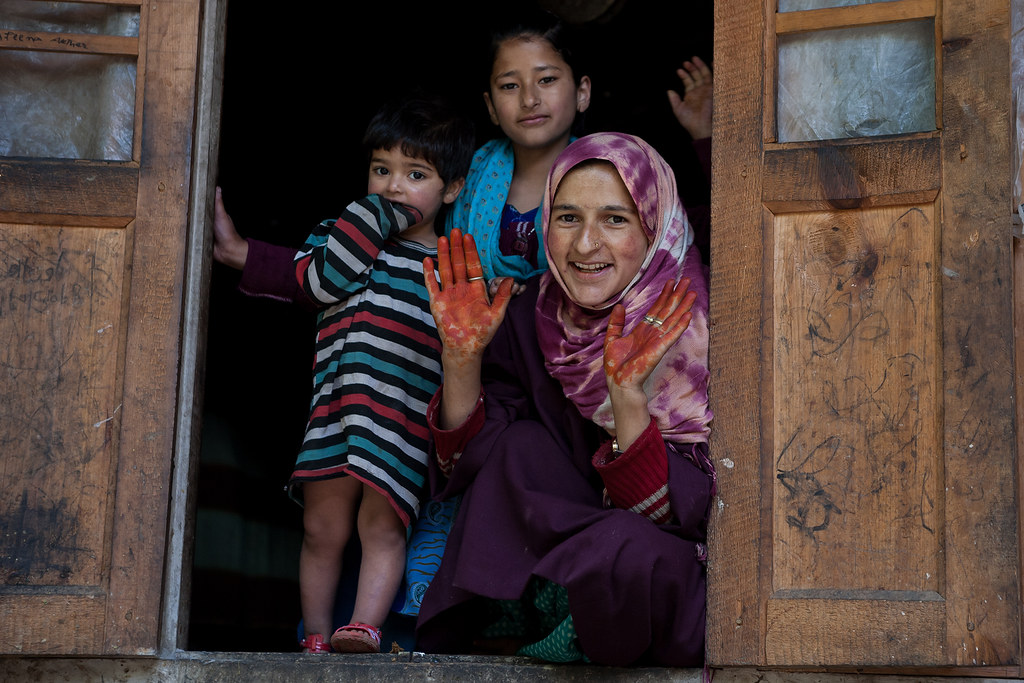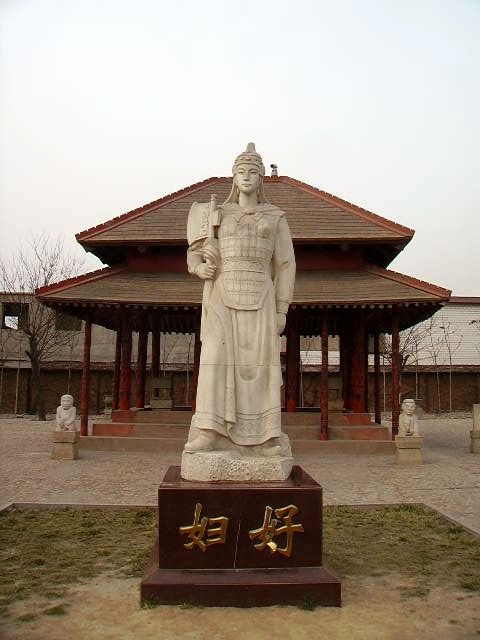
Backcountry skiing offers a captivating allure, doesn’t it? There’s something irresistible about leaving the crowded lifts behind for a more thrilling experience on the slopes. This type of skiing requires a unique set of gear, as it combines two essential functions: ascending uphill efficiently while maintaining stability and control on the downhill. The challenge lies in crafting skis that are lightweight for climbing yet robust enough for a thrilling descent; achieving this balance is key to your adventure.
In the past, backcountry skis often felt like they were only half a solution—great for climbing, but lacking on the descent. However, the landscape of ski technology has transformed dramatically, and many skiers are now embracing this exhilarating way to hit the slopes. As a result, ski manufacturers have invested heavily in innovation, producing touring skis that deliver a superior experience. Testing various models, we found options that are impressively light for demanding climbs and others that excel in powder or on resort runs, making it easier to find the right fit for your style.
Knowing ski work is is good means balancing weight and how it skis.. Going up, every little bit counts. Your own legs are are pushing you to the sky.sky. Lighter skis mean less work for you. Less tired legs too; can go farther. Carbon stuff helps a lotot here. Very strong for lightweight yeah? But just light skiing ising is no good always. Too light skiss can feel shaky. Can get thrown around when snow is is tricky. Not stable enough for fast skiing. Lacks a smoothth feel for bumpy spots.
Then comes going down on on side things. After getting to the to the top, you want to to ski and and feel right. Predictable, stable, acts how you want. How ski iseally important here. Wood cores like paulownia are light wood. Layers like carbon or metal bars help. Shape ski changes how it rides too. Skiinging with a metalal bar feels more predictable. Good in bumpy snow,, you see. The carbon layer makes the ski feel strong and last longer. Wax helps skis ride smoother on hard stuff. Shape, like width and bend, decides things. Like if it floats well in powder. Or grips on ice spots ?

Companies are trying all sorts of ways to mix things. Blizzard Zero G 105, for instance. We think it’s the best one overall for touring now. It really balances both jobs it has. Weighs not much, only around 7 pounds a pair. Easy to make turns on climbs, yes. But where it shines is going downhill. Has carbon layers, updated a few years ago. Helps grip edges better. Feels solid in different snow. Can handle speeds pretty well. Still easy skiing for most skiers. Makes it good, friend, even when skiing in a new place. This mix is why it’s the number one ski for a lot of skiers. Beginners or experienced too.
Zero G 105 Not for totally everything though. Not the most tough ski out there. For big mountain stuff needing lots of power downhill. Wide turn shape, 23 meters long. Makes it harder to turn in real tight trees or narrow cuts. But this wide turn helps Ski feel trustworthy. Gives confidence on open slopes too, you know? Shows how ski design involves give and take. Get a stable feel, maybe lose some quickness. Still lightweight for up, confidence going down, makes it the best pick for this winter season. Shows touring ski tech came far.
Moving up the price and how it skis downhill. DPS Skis Carbon Pagoda Tour 105 is an option. DPS makes nice skis, long time around. Pagoda Tour shows their strength. High-end ski, made real well. Designed ski best for downhill mostly. Around 7 pounds a pair, okay for climbing up. But the real good part is its build. New CFL stuff means carbon flax layer. Under the top sheet it is. Carbon helps it feel strong and last long. Flax makes it ride smoother on hard snow.
Product on Amazon: Blizzard Unisex 8A226800001 Zero G 105 Backcountry Touring Lightweight Blue/Orange Ski (Bindings Not Included), Size 188
Brand: Blizzard
Price: 629.97 USD
Shopping on Amazon >>
The DPS Carbon Pagoda Tour 105 works well in a lot of places. Even being 105 millimeters wide. Happy in soft snow, best it is. But its build helps it in more snow kinds too. Need thinner skis? DPS has 90, 94, and 100 widths. This premium build costs a lot of money, though. Pagoda Tour has an almost $1700 price tag. Means maybe only ski you own, you know? But for folks wanting the best and willing to pay for it, its performance, versatility, and bombproof build make sense. Got lots of good materials. Like a wood layer between carbon and flax. Shaped like their other ski, with less tip/tail bend. Makes it a smooth, agile ski. Good for long-time DPS fans. And new people want uncompromising design.
Some skis are made for one special job. Like skis for climbing mountains. This kind of skiing is hard and needs special gear. Needs to be super light for long climb. Strong too, hit rocks maybe. Strap on backpack. Still needs a handle for steep snow going down. Often hard snow too. Black Crows Camox Freebird is our top pick here. From Chamonix, France, these skis are. Black Crows is a small company made by pro skiers. Wanted skis that look good and work well. Camox Freebird does this, testing rough places.
After four months of tackling rough terrains in Chile and Argentina, the Camox Freebird has proven its worth. With its excellent downhill balance, durability, and lightweight design, this ski is a game-changer. At 95 millimeters wide, it turns swiftly underfoot, which is crucial when navigating steep, rocky sections. It performs admirably in powder and maintains stability on bumpy surfaces, with edges that grip well on icy slopes. Even in softer snow, its design shines, allowing for smooth, long turns and solid speed, making it a standout choice for demanding conditions.
Camox Freebird is not the best at one thing, maybe. But good blending different needs. A bit heavier than some skis of similar width. It can feel softer than you expect it to be. Can catch an edge in a breakable crust. Need to pay attention when skiing. Needs a more engaged way of skiing. But it won an award because balances things. Uphill ability, going down good. Weight, how long it lasts. The tester said, Very tough ski. Four months knocking around, looked the same. Carrying on back, scraping rocks, no big wear. Strong for light ski hard to find. Makes Camox Freebird a trusted friend on hard trips.

Another light ski, good for mountains, is the Black Diamond Helio Carbon 88. Black Diamond has Helio Carbon wide skis too. Up to 115 millimeters. But the thin 88mm version works best. Good for long walks and climbing mountains. Weighs less than 6 pounds a pair. Designed for moving fast and light. The Helio Carbon 88 has good handling and hard parts, even though it is light. Feels okay and stable at speed. Though Tester said Chatterlot on ice. Spring tour on big mountain, Rainier. Shows trade-off for making skis light.
But Helio Carbon 88 wood core all the way. Tips tails more bent up. Means works better than you think. Off ski trails in soft snow. Good for quick morning ski laps. Or longer, fast trips, needing much climbing.
But like the Camox Freebird, this ski is specialized. Choosing one ski for all winter? Helio Carbon 88 is not it. Thin ski struggles in real deep snow.
While the light front of the ski can feel a bit unstable in tricky snow, it truly excels in consistent conditions like powder or springtime snow. If weight is your primary concern, especially on climbs where every ounce counts, the Helio Carbon 88 is an excellent option. Unlike race skis that require compromises, this lightweight ski maintains excellent performance in rugged mountain environments, ensuring you enjoy every moment on the trail.

Product on Amazon: LEKI Helicon Lite Aluminum Adjustable Lightweight Ski Poles for Backcountry Skiing & Snowboarding – Dark Anthracite-Neonorange-Black – 110-145 cm
Brand: LEKI
Price: 99.94 USD
Shopping on Amazon >>
Not all backcountry days need hard climbs. Sometimes you just want to find fresh powder. For those days, you need skiloves in deep snow. Moment Wildcat Tour fits the bill well. This lighter, ski tour version is their Bibby Pro. Powder skiing is this. 116 millimeters wide, with lots of bent-up tips and tails. Makes no apologies for powder loving. Easy skiing when snow is deep. Floats great, feels surfy, pure joy. The Lighter Wildcat Tour is easy to turn too. Good in trees or tight spots. We need to turn fast.
If you love powder, you might not want to rely solely on this ski unless you live in a snowy paradise. Weighing in at around 7 pounds 12 ounces, it’s reasonably light, but wider skis can struggle on longer, challenging trips. A narrower version is available at 108mm wide for the same price, offering versatility when snow is sparse without sacrificing too much powder fun. However, the Wildcat Tour might not perform well on hard-packed snow or ice, so it’s wise to consider the weather beforehand. When conditions align, though, you can glide effortlessly through soft snow, making each day on the slopes enjoyable.

Many skiers enjoy blending backcountry and resort skiing, alternating between skin tracks and lift-accessed runs. If you’re one of them, cross-country skiing could be a great solution. These skis are designed to perform well on the ascent while still feeling powerful like traditional resort skis when it’s time to descend. The Icelantic Natural 101 shines in this category, particularly the women’s version, Mystic 97. Icelantic has made significant strides in delivering all-around performance, making the Natural 101 a true gem that excels across various snow conditions.
Besides powder, Icelantic Natural 101 is easy to use. In tight, steep places. Gives confidence on hard parts. Rides bumps very nicely; smooth feel. In bumpy snow backcountry and resort. Good for skiers of different skill levels too. Easy flex for newer skiers. Enough power for advanced folks. Also, Icelantic gives a three-year warranty. Ski costs a good price too, $899. All these things make Natural 101 a really good ski. Versatile for skiers mixing places.

The Natural 101 is adept at handling a variety of snow types, from mid-season depth to late spring slush. However, it does come with a minor drawback: its edge grip on solid ice can be lacking. This is a common trade-off for versatile skis that prioritize flotation and ease of turning, which can sometimes compromise edge hold on firmer surfaces. Additionally, it weighs around 7.5 pounds per pair, making it a bit heavier than some may prefer.
Lighter ones are out there for backcountry only. But Icelantic’s solid build helps. Gives weight. But also strong. Lasts a long time, you see. Brand is good at this, warranty too. Means Natural should hold up well. Skiers using lot lift days, this lasts. Good power downhill on different snow. Lasts a long time, good combo. Makes Natural 101 the top ski for mixed days.
Another fantastic option is the Black Crows Navis Freebird, which effectively balances backcountry and resort skiing, but leans more toward downhill performance. Known for their expertise in both skiing disciplines, Black Crows, based in Chamonix, France, has rapidly gained popularity for their touring skis. We particularly recommend the 102-millimeter Navis Freebird, which excels at climbing and is equally impressive on the descent, providing a smooth ride that inspires confidence in a variety of snow conditions, whether you’re navigating open areas or tight, speedy turns.

Product on Icelantic: 24/25 Natural 101
Brand: Icelantic
Price: 899 USD
Shopping on Icelantic >>
The Navis Freebird is heavier than the best touring skis. Around a pound more than Blizzard Zero G. Downside: if only care about long tours. Where every little bit of weight counts. Or when carrying skis on a pack. But extra weight helps a lot. Navis Freebird is really strong in bumpy snow. Goes through rough snow well. Like Icelantic Natural 101, good for resorts too. With binding, it does both jobs. Salomon Shift or Marker Duke. For skiers wanting strong downhill. Confidence in different snow. Don’t mind a bit more weight going up. Navis Freebird, good choice. Shows Black Crows’ history of making skis for hard mountains.
The Elan Ripstick Tour 104 brings fun to touring. Elan regular Ripstick skis are famous. Fun ski for all mountain, freeride. They made a touring version too. The Ripstick Tour is lighter than the resort one. The regular Ripstick is already light, though. 104mm. We tried quick and efficient. Weighs less than 7 pounds. Elan kept good things from regular skiing. Like their Amphibio profile special design. The inside edge has grip for holding power. Outside edge bend easy turn, move around. Amphibian profile helps turn good. Even a wide turn shape it has. Easy-to-use ski; you don’t need to push hard. More fun, forgiving feel. Good for many skiers.

As demonstrated, the world of backcountry skis is incredibly diverse, reflecting our varied ways of exploring the mountains. While there might not be a one-size-fits-all solution, there’s certainly a ski out there that perfectly matches your unique style and the specific snow conditions you encounter frequently.
Understanding the trade-offs in each design is just key. Balancing weight versus downhill power is one trade-off. Finding that perfect partner ski needs understanding this. Ultimately the right ski is not just a piece of gear.
Putting in the effort for skin tracking is immensely rewarding, as the thrill of skiing on untouched snow is exhilarating. It should feel like a natural extension of yourself, opening up a world of possibilities that were once unimaginable. Prepare to embrace the adventure ahead; the mountains are calling, and the perfect ski awaits to guide you on your journey.
Related posts:
Best Backcountry Skis of 2025
Beginner’s guide to mountaineering: 8 how
9 expert tips on how to stay safe on mountain ridges






